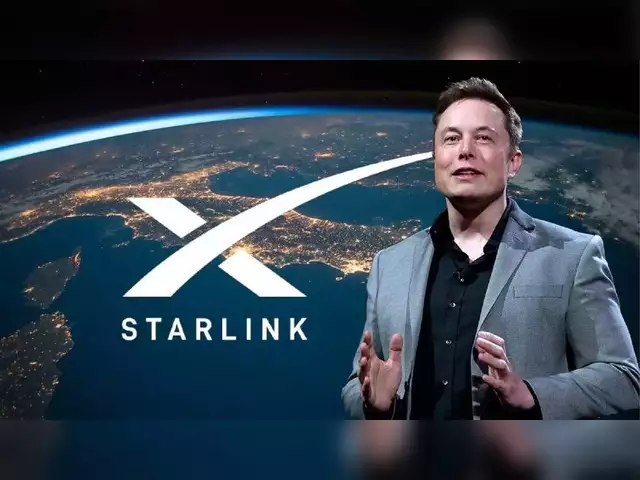Starlink's ambition to provide satellite internet services in India has taken a significant leap forward, securing a crucial approval from the Indian National Space Promotion and Authorisation Centre (IN-SPACe). This clearance eliminates a major regulatory hurdle, paving the way for the commercial launch of its services in the country.
This development follows Starlink's earlier acquisition of the GMPCS (Global Mobile Personal Communication by Satellite) license from the Department of Telecommunications (DoT), a mandatory requirement for satellite-based internet providers in India. With IN-SPACe authorization now in hand, Starlink is nearing operational readiness, needing only spectrum allocation to begin commercial rollout. The IN-SPACe approval and authorization is valid until the first week of July 2030. This nod also includes an allocation of specific frequency bands. In the gateway beams, the company is allowed to operate in the: Uplink bands of 27.5–29.1 GHz and 29.5–30 GHz; Downlink bands of 17.8–18.6 GHz and 18.8–19.3 GHz.
While an official launch date is pending, reports suggest a rollout within the next three months, with potential pre-orders opening soon. Sources suggest that if everything goes according to plan, Starlink may commence offering its services in India by late 2025 or early 2026.
To avoid the friction often encountered by foreign tech companies in India, Starlink is reportedly pursuing distribution partnerships with Airtel and Reliance Jio, two of India's largest telecom companies. These companies have a substantial rural presence, allowing Starlink to leverage existing last-mile networks rather than building its own infrastructure from scratch, facilitating faster and more scalable market penetration.
Starlink is planning to launch a direct-to-consumer (DTC) model in India, allowing customers to bypass traditional internet service providers. Despite this DTC focus, Starlink has already signed business-to-business (B2B) agreements with Airtel and Jio, enabling them to offer satellite internet services as resellers.
Reports suggest that Starlink's monthly subscription plans could range from ₹3,000 to ₹4,200. The cost of the hardware kit, including the dish and router, is expected to be around ₹33,000. While the DTC offering is reportedly aimed at premium users, the cost of Starlink's ground equipment is expected to range between $250 and $600 (approximately Rs 20,000 to Rs 50,000).
With this regulatory clearance, India joins a group of over 100 countries where Starlink is operational. Interestingly, South Asian neighbors like Nepal, Pakistan, and Sri Lanka are yet to be onboarded, giving India a first-mover advantage in the region’s space-tech and satellite connectivity race.
Even with the IN-SPACe nod, Starlink isn't quite ready for full-scale commercial operations. The company still needs to secure spectrum allocation from the government, establish ground gateway stations, and undergo necessary security and technical testing. It is expected that at least three gateway stations will be constructed across India to support the network infrastructure. The DoT is reportedly preparing to issue a trial spectrum, allowing Starlink to demonstrate its system's compliance with India's performance and security standards before commencing full operations.
Starlink aims to offer 600 to 700 Gbps of bandwidth to Indian users initially. While this initial capacity will only support 30,000 to 50,000 users at a time, the company intends to scale up to 3 Tbps by 2027. Internet speeds are expected to vary between 25 Mbps and 220 Mbps, depending on the user's location and satellite coverage.
Starlink's entry into India has spurred debate regarding spectrum allocation policies. While traditional telecom operators advocated for auctions, the Indian government sided with Starlink, favoring administrative allocation.















